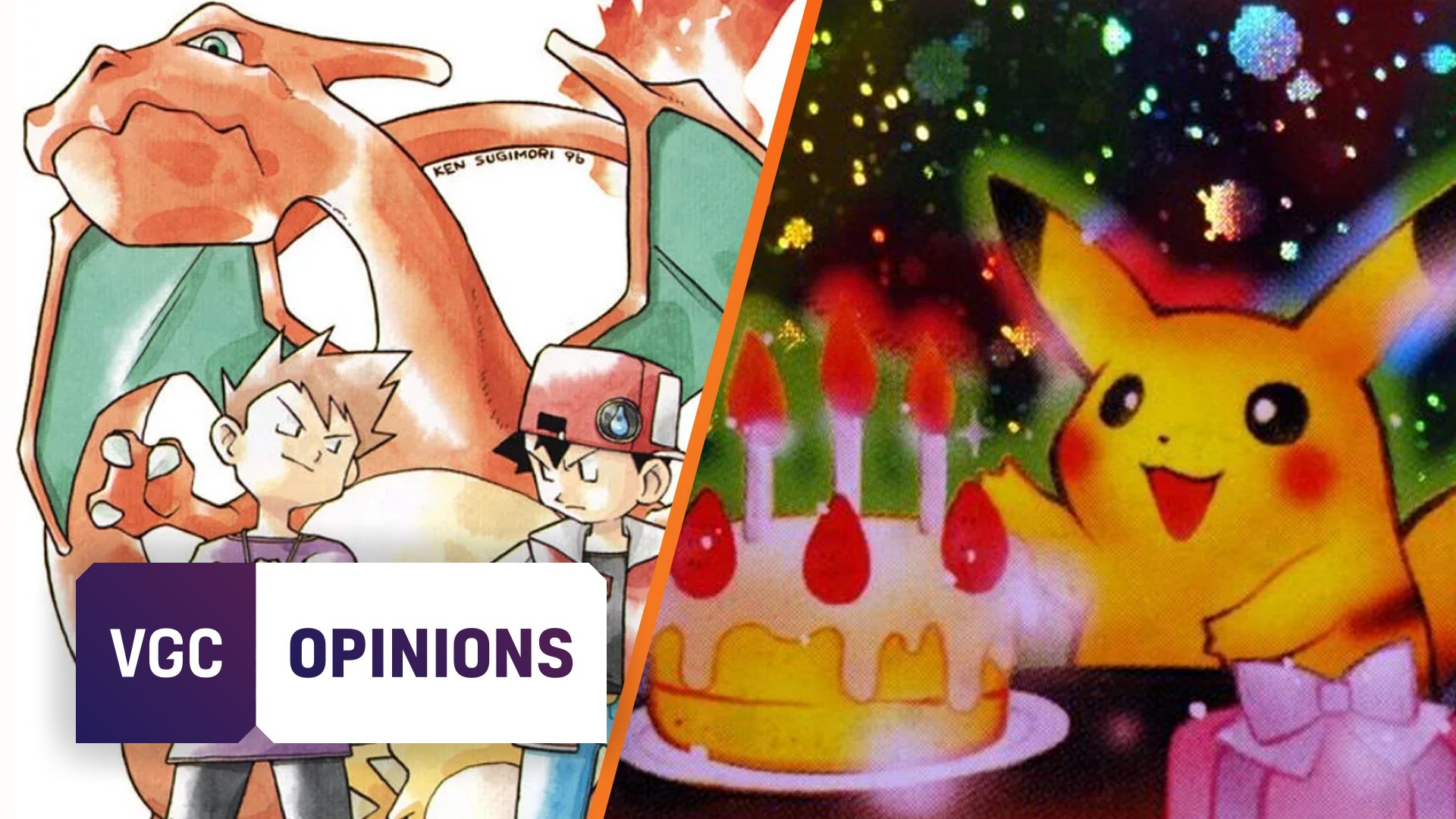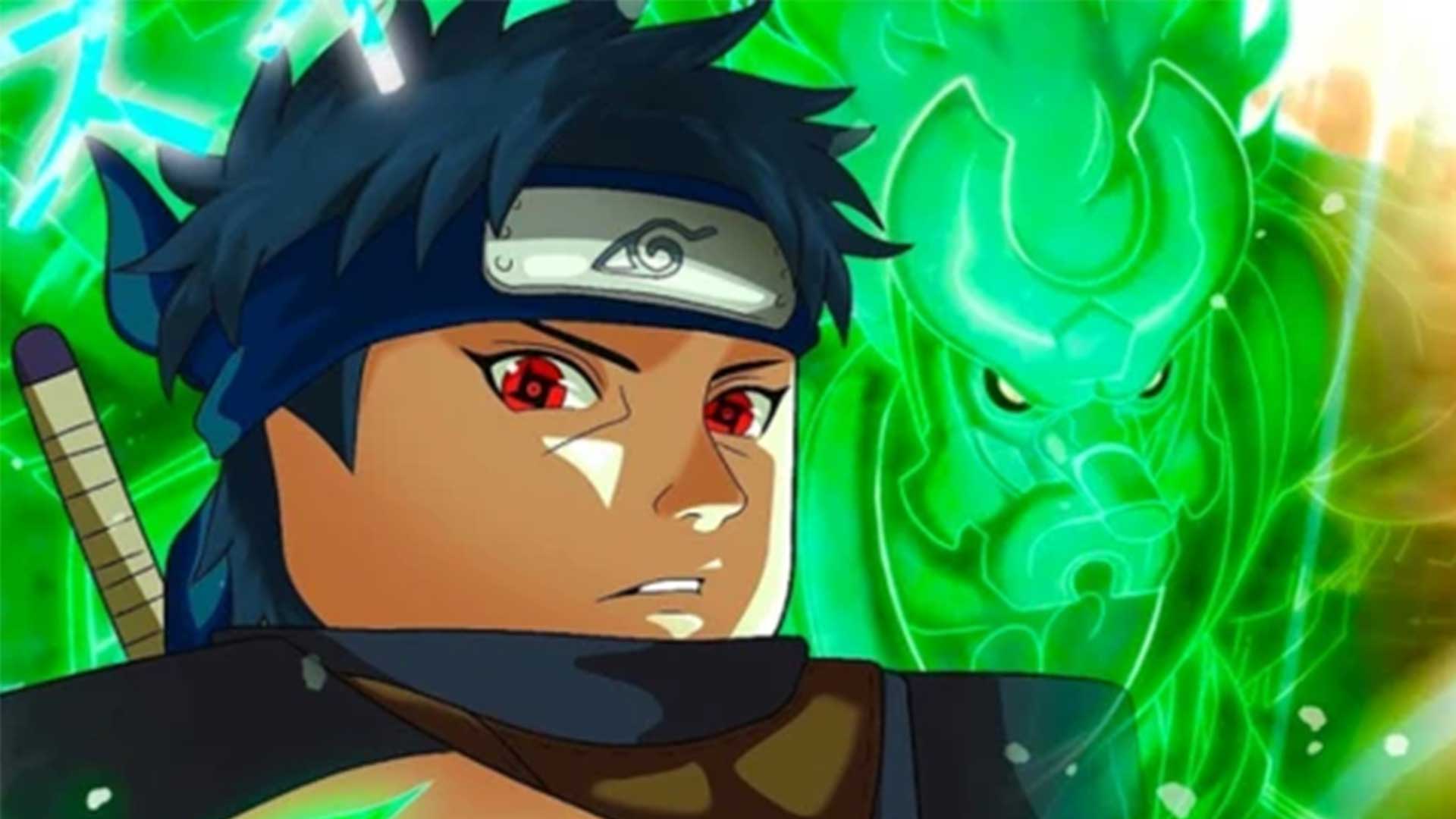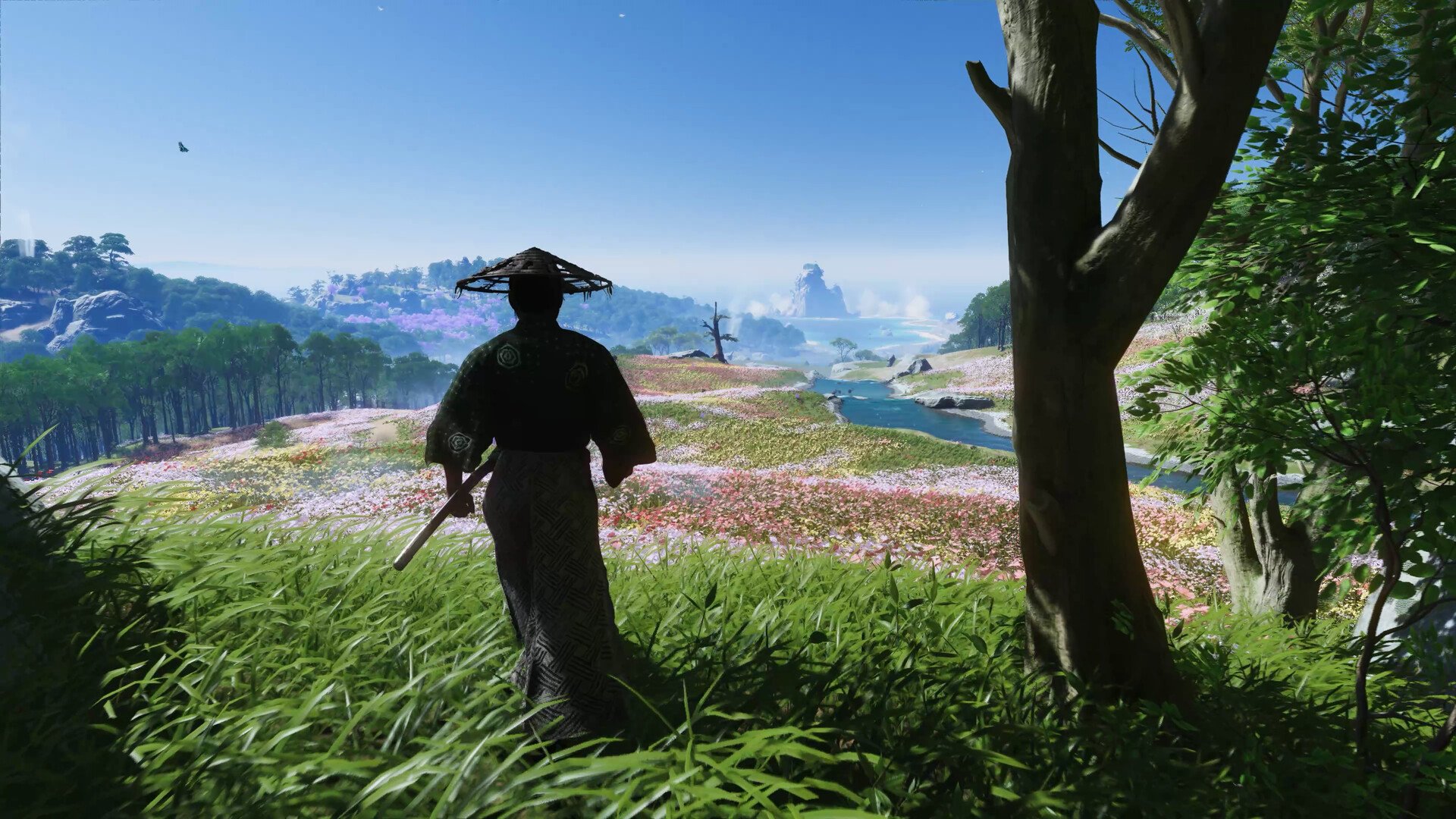With its focus on new ideas over nostalgia, tight design and striking presentation, Super Mario Bros. Wonder is undoubtedly the plumber’s most memorable 2D outing since the 1990s.
Just like those classic games, Wonder oozes a confidence lacking in the more recent New Super Mario Bros. games, which seemed more concerned with sticking tightly to the existing formula than surprising players with new ideas.
Wonder is the first 2D Mario to match the throwaway inventiveness of Mario’s modern 3D entries, which means it’s absolutely packed with imagination.
Virtually every level here introduces a brand-new mechanic, like an enemy which can push ice blocks, or rolling metal balls which can be manipulated to smash through walls, and then shelves them as quickly as they were introduced, before moving on to the next idea.
Key to the game’s gleeful inventiveness are the level-flipping Wonder effects which, once you’ve located the hidden Wonder Seed on each stage, change the scenario drastically. They transform players into floating balloons, summon a stampede of rampaging bulls, flip gameplay to a top-down adventure, and numerous other unexpected effects that always surprise and rarely leave you without a beaming grin on your face.
Wonder is a game that feels like it’s had so much more love invested into its mechanics and presentation than previous 2D series entries, and that alone makes it a triumph. This does come with some inevitable signs of compromise in the overall structure – boss encounters and unlockable surprises feel fairly slim – but this is a small price to pay for what’s overall the most stylish and inventive Mario side-scroller in decades.
Notice: To display this embed please allow the use of Functional Cookies in Cookie Preferences.
Flower Power
It’s clear from the start that this isn’t the Mushroom Kingdom. Mario and his 11 friends (all of whom are playable from the off) arrive at the candescent Flower Kingdom, greeted by the grub-like Prince Florian, when the ever persistent Bowser smashes onto the scene with familiar plans of domination. Unsurprisingly, it’s up to our heroes to save the day.
From the very first stage, Super Mario Bros. Wonder signals that the slightly clinical look of New Super Mario Bros. is gone, replaced with a far more expressive art direction that only goes to supplement the inventive and wondrous feel of the game.
Although there are more than a few recognisable blocks and goombas, Wonder doesn’t rely on nostalgia in its designs; the bulk of enemies are new, the heroes feel reinvigorated, and environments feel more like they were plucked from the worlds of DK and Rayman than the Mushroom Kingdom.
Nintendo’s development team has said it invested more in animation for Wonder than in previous games, and it shows: the characters and worlds are positively bursting with personality, with Mario and friends sporting a panache reminiscent of this year’s Illumination movie (although the dev team claims it had little influence, since they hadn’t seen it before release).
For example, Mario squeezes through a pipe and then stretches back out to grab his left-behind cap, or struggles to fit when transformed into the new Elephant form. Stages are also full of pleasing interactivity, like talking flowers which constantly comment on your progress (this can be switched off if you want), and enemies that scream or grimace as you squish their pals, or frown in disappointment as they get stuck in a gap in the scenery.
It really is the most pleasingly beautiful 2D Mario game since pixel turned to polygon. Special mention should also go to the sound design and music – for which legendary Mario composer Koji Kondo has taken charge – which, just like the art direction, doesn’t rely too much on nostalgia, but delivers some fabulous tunes we’re confident will turn into all-time favourites. Just like recent 3D entries, Mario Bros. Wonder is at times an incredibly musical experience.
Badge of Honour
Yet, for all its gleeful invention and new concepts, the tried-and-true 2D Mario formula hasn’t been messed with. As its name suggests, this is still very much a Mario Bros. game, with familiar platforming physics, shells to throw, and flagpoles to reach.
Wonder’s stages are tightly designed, often challenging, and full of discoveries, many of which you’ll need specific badges to reach. This confidence extends beyond the 2D levels themselves. Like previous games, Wonder’s levels are linked together by a colourful overworld map. Except this time, players have the freedom to explore the map like its own stripped-down adventure.
Rather than simply going from one level to the other on the map, batches of levels are unlocked at a time, and players can choose the order in which they want to approach them. There are also plenty of secrets waiting to be uncovered, both inside and outside the levels themselves.


Alternative paths, hidden courses, and invisible blocks are absolutely everywhere, creating a sense of discovery reminiscent of Mario’s 2D masterpiece, Super Mario World.
Core to the game’s invention are the scenarios and challenges within which players are placed, mostly powered by quickfire mechanics and Wonder effects, and the options they have to change the experience. This is primarily powered by the badges, new powers and modifiers players unlock during the game, which can be equipped and swapped out before each level.
Pleasingly, these are more than just cheat codes (although modifiers that make the game slightly easier do exist), giving players legitimately useful moves that you’ll likely find yourself swapping out based on the design of each level – and there are even challenge levels designed around specific badges.
For example, there’s a higher, floatier jump useful for tight platforming courses, a dolphin kick that gives you a boost underwater, and even a grappling hook to easily cross large gaps.
Handy Standees
Outside of the new power-ups, badges and flowers, Mario Bros. Wonder also offers a deep online mode. Thankfully, multiplayer is handled a lot better than in previous entries.
Crucially, you can’t physically get in each other’s way, with players now ghosting through one another instead of colliding, which makes for a far less frustrating experience than the days when you had to fight three other players for the same tiny platforms.
The previously confusing act of tracking four-player action on a screen designed for one player is also mitigated somewhat by the Wonder effects, which are nearly always a fun to experience, even if you’re not entirely sure what’s going on.
The large roster of characters also adds to the accessibility of the experience, with Nabbit and the Yoshis invulnerable to attacks, and the latter even letting other players hop on their back.
Although the multiplayer can be ignored, there are some levels that are definitely enhanced by the addition of extra players, such as Search Party stages in which certain characters can discover hidden collectibles more easily.

And when things get tough – and there definitely are challenging sections in Wonder – an extra player also provides a valuable failsafe with the ability to revive downed players’ ghosts, or place crucial Standees, which can also be used to resurrect a deceased friend.
The absolute best part of Wonder’s online functionality, however, is how it subtly it integrates other players’ games into the solo experience, Dark Souls style. If you have the feature turned on, you’ll occasionally see other players’ spirits appear in your game.
Although you won’t be able to interact with them directly (in fact, they’re not even ‘live’ players – they’re recorded), you’ll be able to revive yourself with their Standees or even the players themselves. Standees imbue Wonder with Souls-like energy, as players inevitably place them on invisible blocks or puzzles, in order to guide other players, and you’re rewarded with a higher score for how often you revive others.
During our 100% playthrough, Wonder’s online functionality absolutely saved our bacon at crucial moments or during incredibly tough levels. Seeing our saviour then slide down the flagpole at the end of the level with us absolutely elevated the experience, just like toppling an impossible Elden Ring boss with a helpful stranger, before popping off an emote.
Left Wanting More
Inventive and full of heart, Mario Bros. Wonder is the most fun we’ve had with a 2D Mario game since the classics on Super Nintendo. If it does come with any form of disappointment, it’s the fact that it ends sooner than we would’ve liked – and to be clear, that says more about our lofty expectations than the amount of content on offer.
Notice: To display this embed please allow the use of Functional Cookies in Cookie Preferences.
Compared to recent modern Mario games, when Wonder does finish, it does so somewhat jarringly. And as we mentioned earlier, there are a few instances where the game skips expected boss encounters, leaving us with the feeling that some small compromises have been made in order to cram in the huge number of mechanics and Wonder effects (an acceptable compromise).
When we’ve been spoilt so extensively by Odyssey and 3D World, Wonder inevitably left us wanting more. But it was impossible to feel down for long after further hours spent hunting out every collectible and secret the game had to offer – something we didn’t feel compelled to do at all in New Super Mario Bros. U, and an experience that ultimately felt worthwhile.
Super Mario Bros. Wonder is lovingly crafted, consistently surprising, and a delight to play alone or with friends. If this is what the future of Mario side-scrolling looks like, then we can’t wait to see what’s next. Especially if future games are assembled with this much heart.

 7 months ago
162
7 months ago
162







